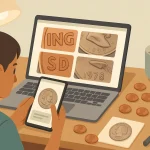Understanding the Basics of Counterfeit Coins
Why Understanding Counterfeit Coins Matters
Imagine holding a coin in your hand—smooth, cool to the touch, and glinting like treasure. Now imagine it’s a fake, a convincing imposter masquerading as something valuable. This is why grasping the basics of counterfeit coins is a must for collectors, investors, and even history buffs. Knowing how to spot a fraud isn’t just about saving money; it’s about preserving trust in what you hold.
Counterfeiters are artists of deception, skillfully mimicking the details of real coins to trick unsuspecting eyes. But here’s the kicker: fakes often crumble under close scrutiny. Learning what gives them away—whether it’s the wrong metallic sheen or an oddly shallow engraving—turns you into a detective wielding more than just magnifying glasses.
Key Characteristics of Counterfeits
Some telltale signs pop up again and again when it comes to counterfeit coins. Keep an eye out for:
- Odd weight or thickness: Fakes frequently feel too heavy or suspiciously light in hand.
- Inconsistent edges: Authentic coins usually have flawless rims, while counterfeits may show uneven cuts or lettering errors.
Master these basics, and you’ve already got a sharp edge over counterfeiters. That coin might sparkle, but does its story hold water?
Key Identification Features of Authentic Coins
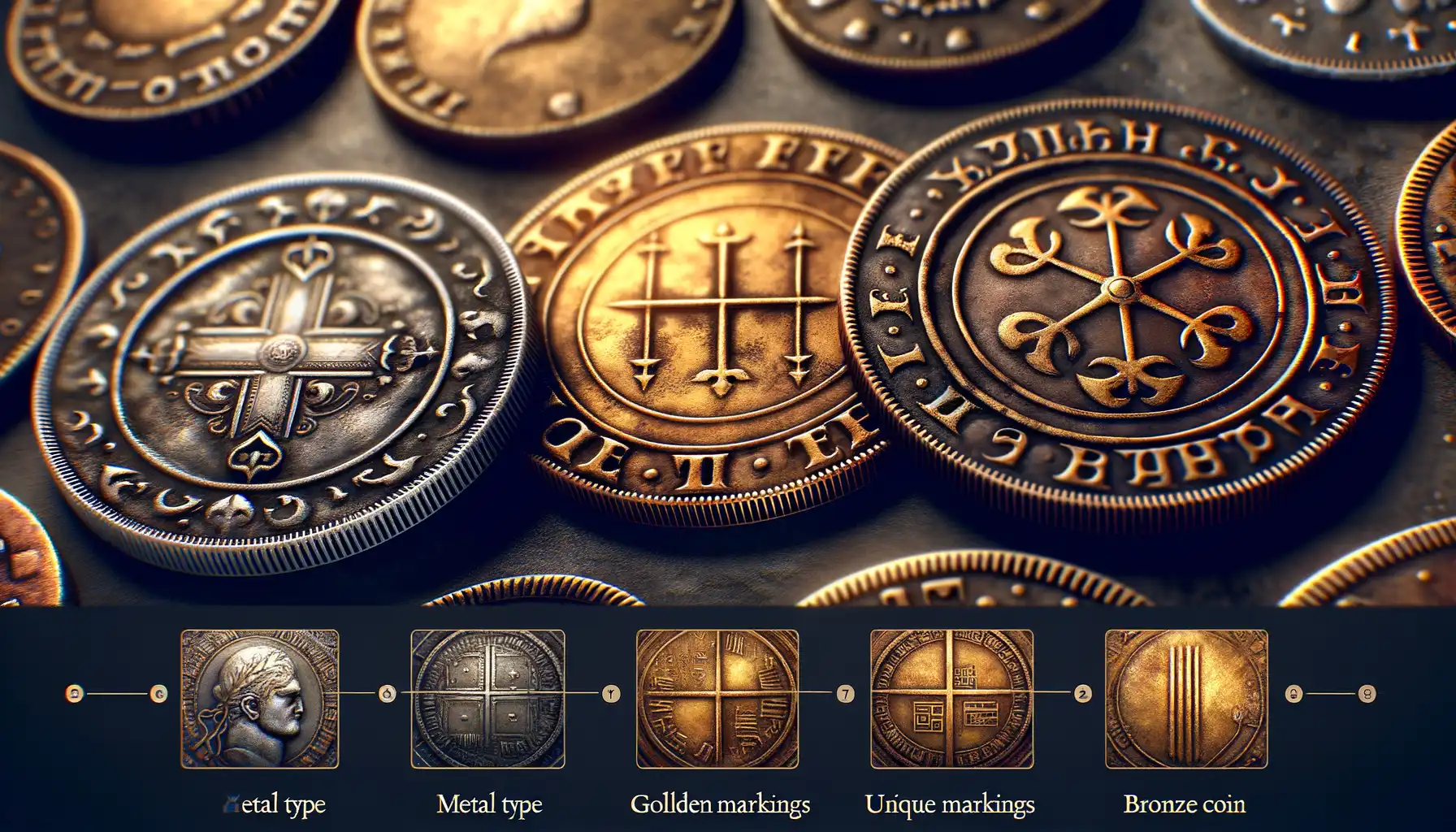
Decoding the Unique Traits of Real Coins
Imagine holding a genuine coin in your hand—it’s like grasping a tiny work of art, meticulously crafted with precision. Authentic coins carry unique markers that counterfeiters struggle to replicate. These are your secret clues, your treasure map for spotting the real deal.
One standout feature? The **edge details**. Take a closer look: is the edge perfectly milled or reeded, with sharp ridges? Counterfeit coins often bungle this detail, leaving edges messy or uneven.
Now, let’s talk about the **weight and feel**. Ever noticed how authentic coins feel substantial—like they have a story to tell? Genuine coins are struck from specific metal alloys with consistent weight standards. If a coin feels too light or unnaturally heavy, alarm bells should ring!
Authenticity also resides in the tiniest of details. Look for:
- The sharp, clean lines on the design.
- Lettering that’s crisp, evenly spaced, and free of smudges.
- A distinct sound—authentic coins “ping” differently when dropped compared to fakes.
Each coin has its own fingerprint, a blend of art and science. Learning these tells is like becoming a detective—training your eyes, ears, and even fingertips to spot the truth.
Common Methods Used by Counterfeiters
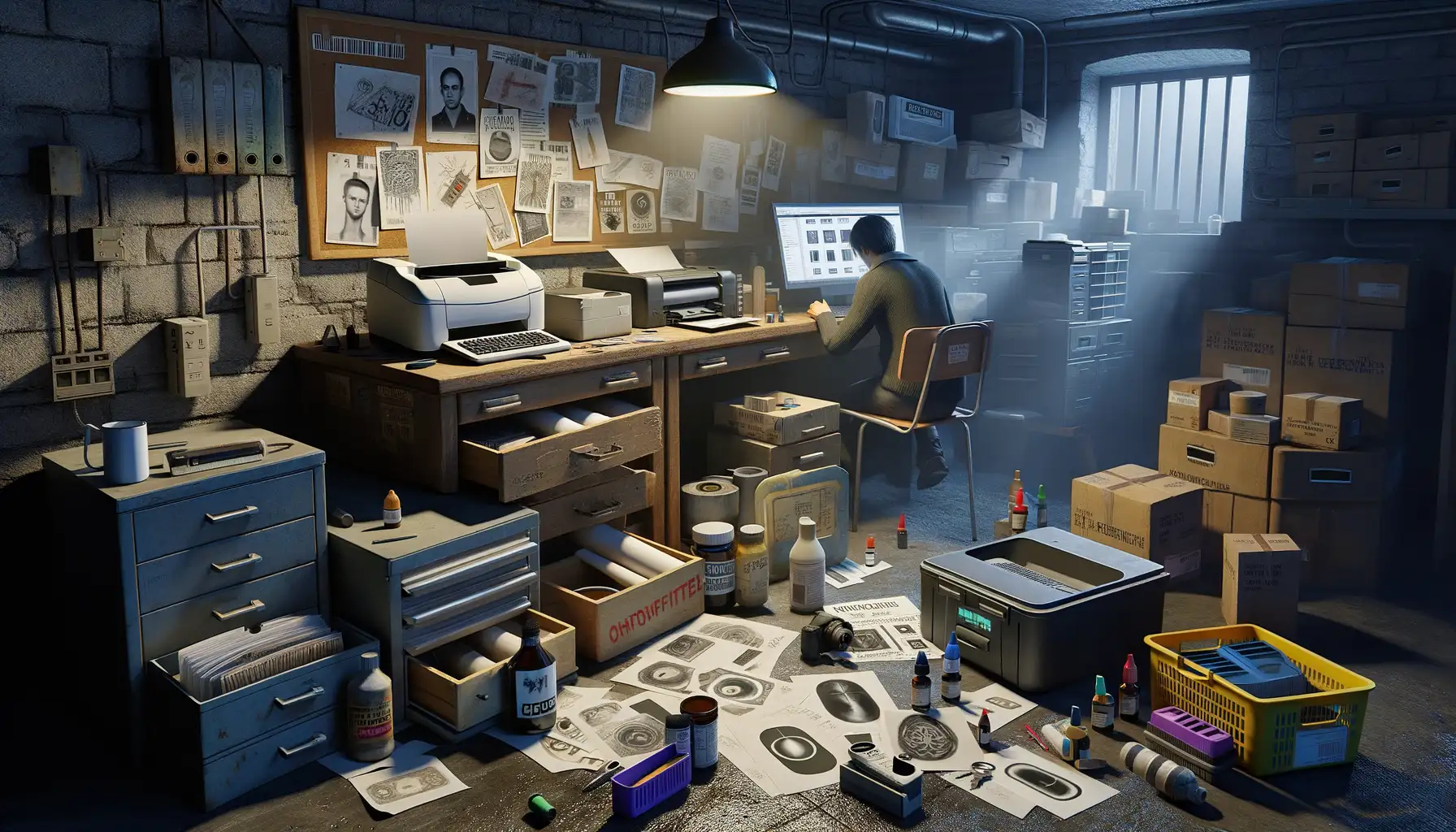
Tricks of the Trade: How Counterfeiters Fool the Eye
Counterfeiters are cunning, aren’t they? They’ve perfected ways to prey on our excitement for rare coins or shiny collectibles. Their bag of tricks is as diverse as it is deceptive. Let’s pull back the curtain and expose some of the sneaky methods they use.
- Mold Making: Counterfeiters often make molds from authentic coins, creating replicas that can look shockingly real—until you examine the finer details.
- Plating: Ever seen a coin that looks golden but feels oddly light? Chances are, it’s a base metal like brass or copper plated with a thin layer of gold or silver.
- Etching and Altering Dates: Slight alterations in date numbers or mint marks can transform a common coin into what appears to be a valuable rarity.
The “Age Game” and Artificial Wear
A favorite strategy? Faking age! Some counterfeiters rub coins in dirt, sand, or even acid to mimic the natural wear of time. What they can’t fake? The organic patterns left by decades of real circulation. Watch for unnatural scratches or uneven tarnish—they’re dead giveaways if you look closely.
Counterfeiters are clever, but with a trained eye, you can stay one step ahead.
Step-by-Step Guide to Recognizing Fake Coins
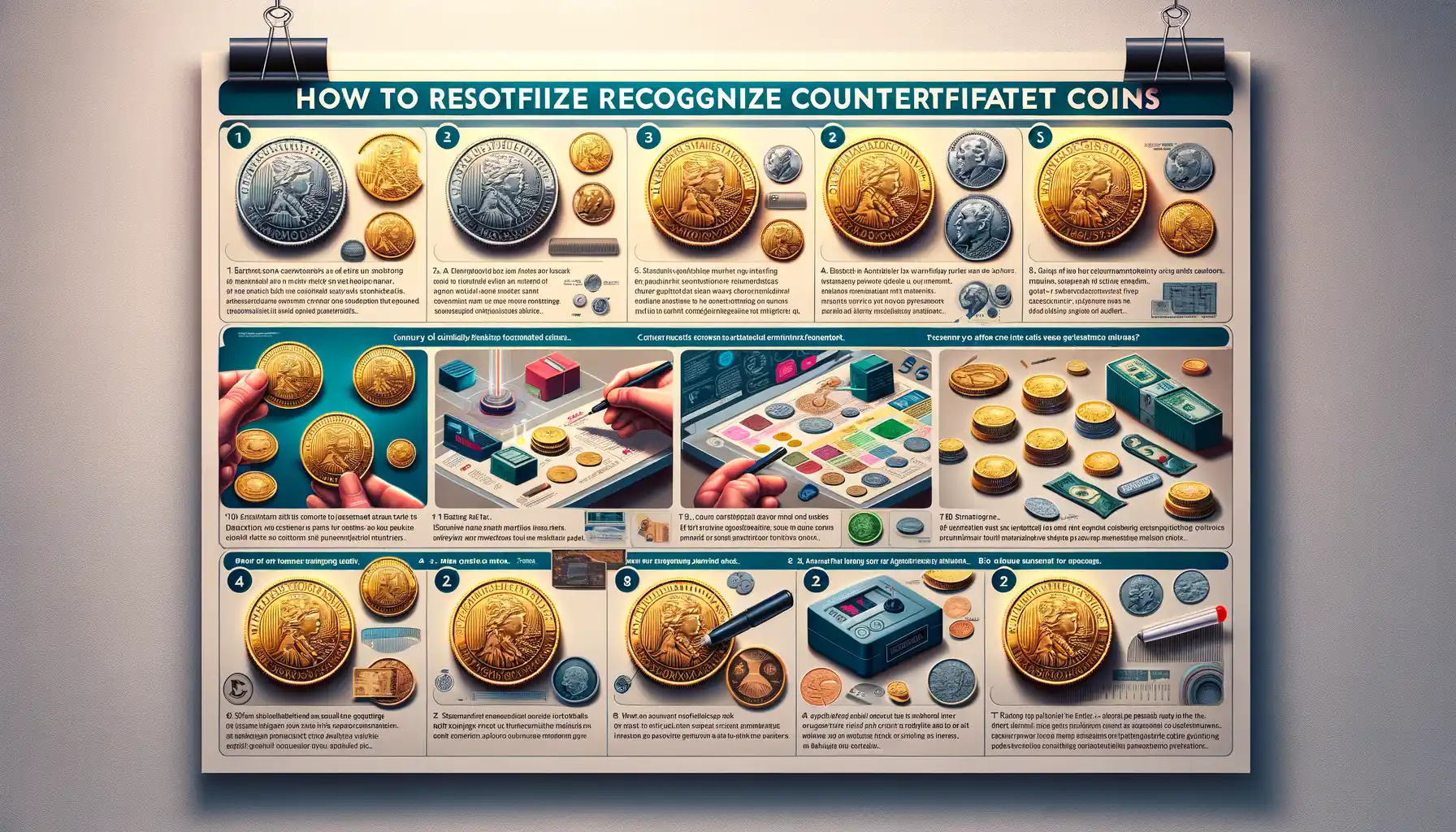
Check the Details: A Coin’s Story is in Its Design
Ever looked at a coin and felt something didn’t sit right? Trust that instinct—it’s your first line of defense against fakes. A real coin tells a story through its smallest details. Grab some light and look closely. Does the lettering feel uneven, too thin, or overly sharp? The devil is in the details! Counterfeiters often miss creating those crisp, well-proportioned inscriptions that scream “authentic.”
Pay extra attention to imagery and symbols. On authentic coins, they’re intricate and full of depth. Counterfeits, on the other hand, might show designs that look flat, blurry, or even downright sloppy. If you’re lucky, you might even spot spelling mistakes! Yes, such blunders happen more often than you’d think—like trying to pass off “Uninted States” as legal tender.
Feel the Weight and Texture: Coins Have Their Own Personality
Your hands are powerful tools for detecting fraud. Start by feeling the coin’s surface—it should be smooth yet carry distinctive ridges along the edges. If it feels too slick or grainy, proceed with caution. Next, weigh it (literally). Authentic coins stick to precise weight standards because national mints use specialized metals. Fakes? Often lighter or heavier due to cheap substitutes.
Use this quick checklist to sharpen your senses:
- Clinking Test: Authentic coins make a specific, satisfying “ring” when tapped against another coin, unlike dull-sounding fakes.
- Edge Examination: Check for inconsistencies like misshaped ridges or seams—dead giveaways of poor craftsmanship.
- Color Matters: Real gold or silver coins retain their shine; counterfeit ones often appear pale or tarnished unnaturally.
Give yourself time to observe carefully—a hasty glance won’t cut it! Coins have personalities, but fakes? They’re just bland impostors.
Tools and Techniques to Authenticate Coins
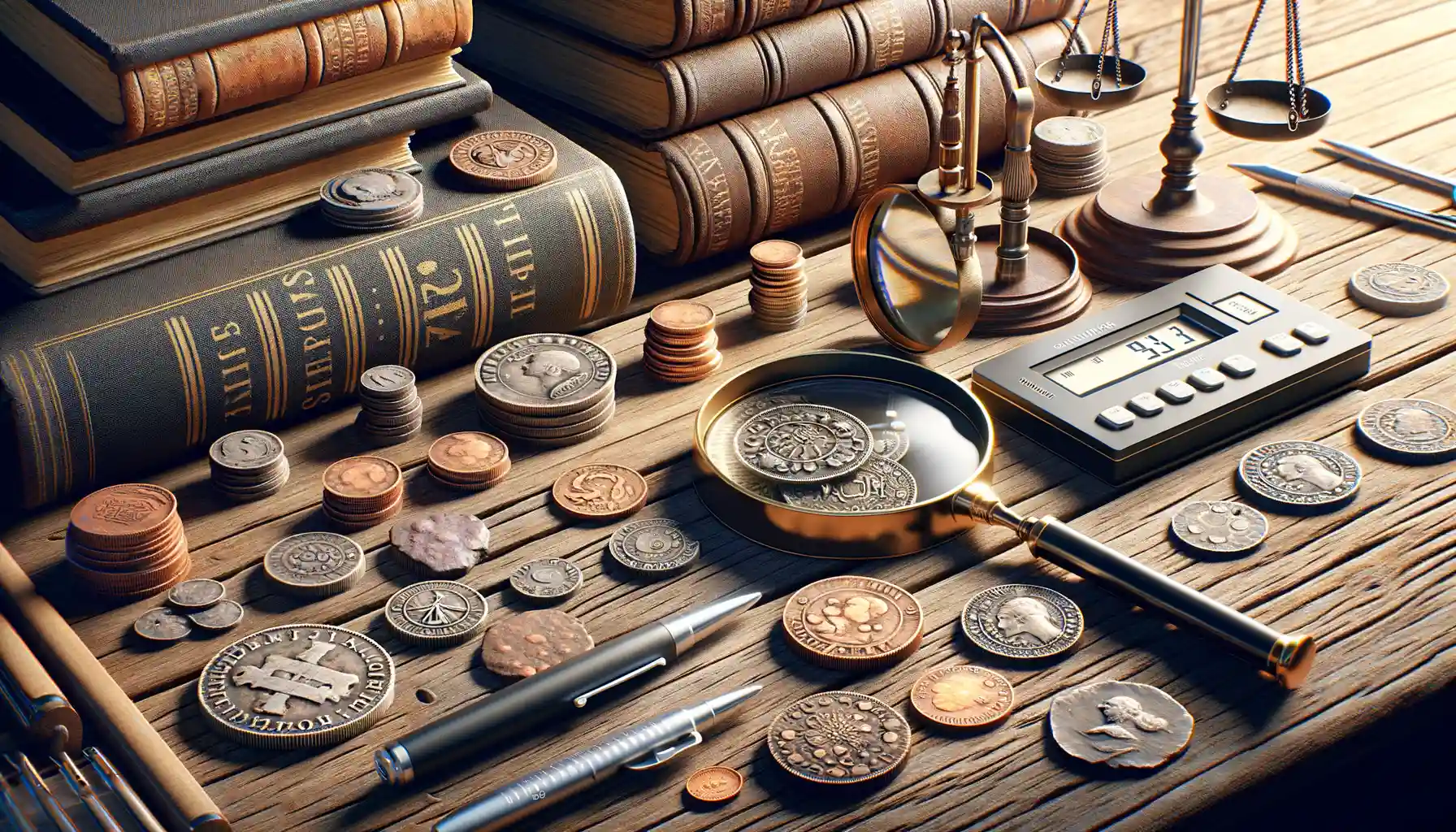
Essential Gadgets for Coin Authentication
No need to rely on just your instinct—tools are your trusty sidekicks in the battle against fake coins! Start your journey with a simple yet indispensable device: the magnifying glass. A high-quality one allows you to scrutinize the tiniest details, like date imprints and edge designs, that counterfeiters often neglect.
Next up is the digital scale. It’s the ultimate reality check for weight accuracy. Even a fraction of a gram off can sound the alarm. Pair this with a precision caliper to measure dimensions—authentic coins rarely stray outside their official thickness and diameter.
But here’s where it gets fascinating: ever heard of a magnet test? Some fakes sneakily contain ferrous metals, which a magnet will easily expose. Holding it near your coin might reveal the ruse in seconds. And for a touch of science? Try an ultraviolet (UV) light. Certain coins have UV-reactive inks or markings that glow brilliantly under its rays. A fake? Dead silent.
Practical Techniques Every Collector Should Know
Authentication involves trust—but also training your senses! Learn to perform the “ping test”: gently tap your coin with another metal object and listen closely. Authentic coins create a clear, melodic ring. Fakes? Their “clunk” is unmistakable.
And here’s a trade secret: keep a certified reference coin set as your personal mentor. Comparing suspected coins against verified originals helps you notice differences in luster, texture, and design sharpness. That gut feeling? Combined with these techniques, it turns into a verifiable skill!

